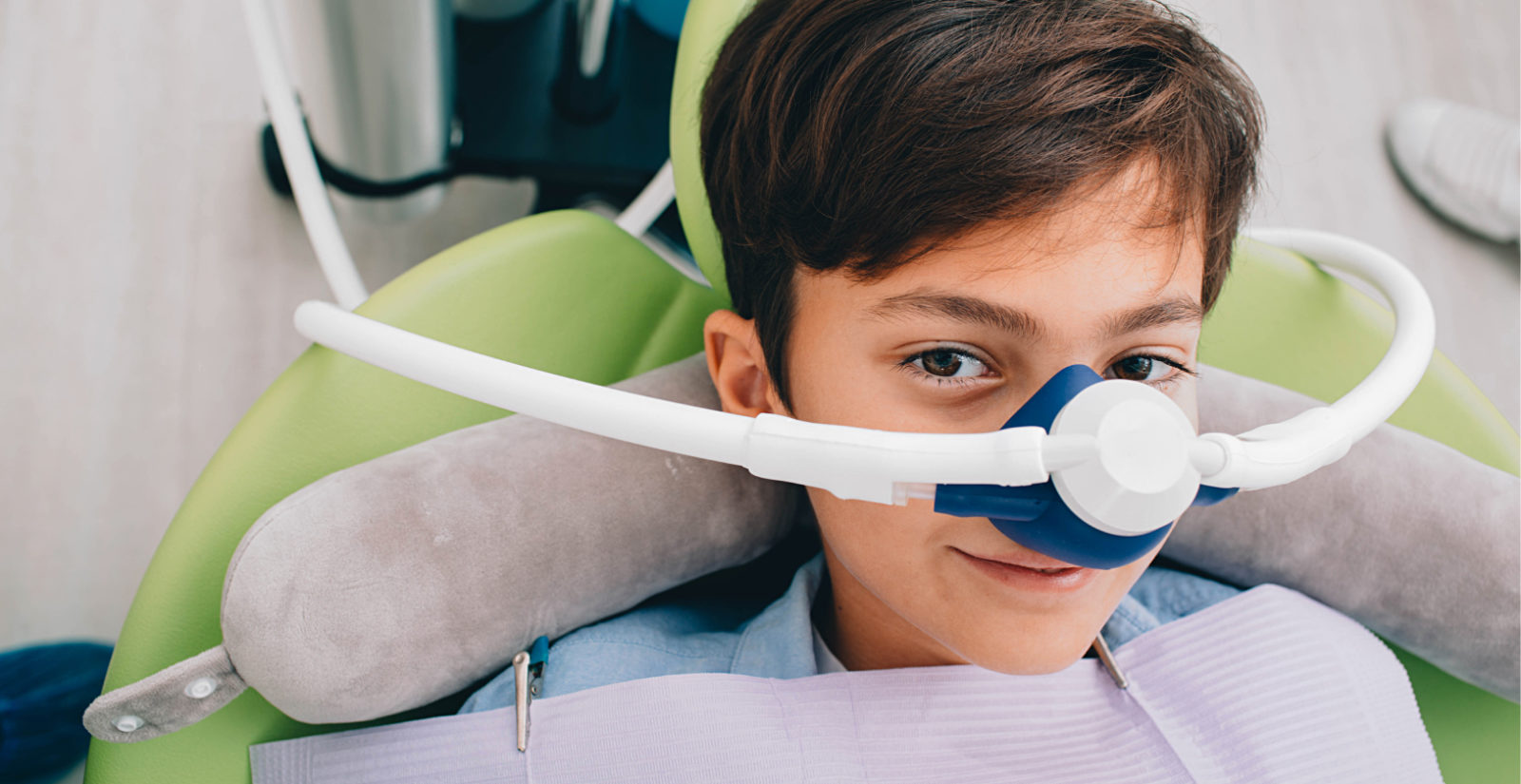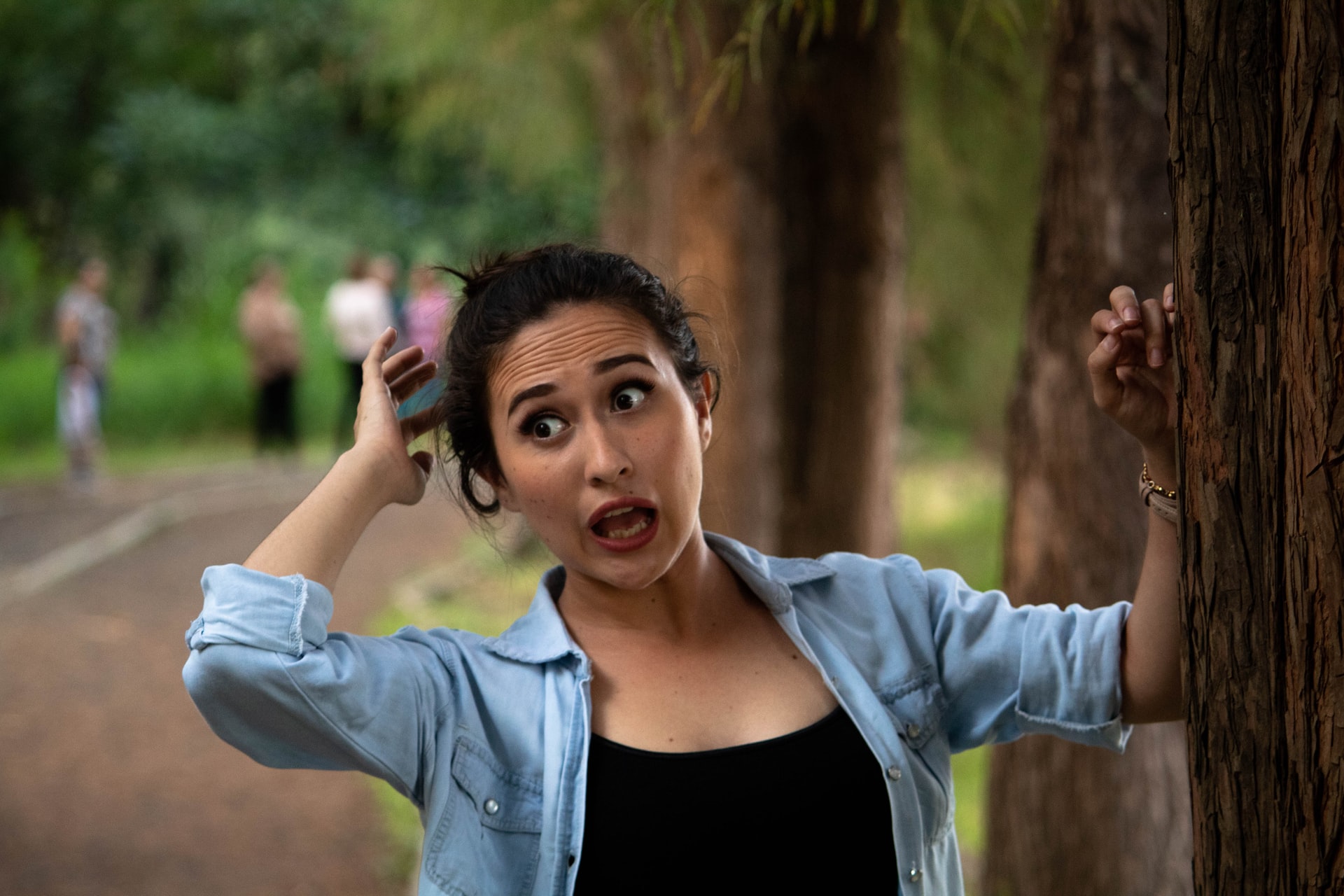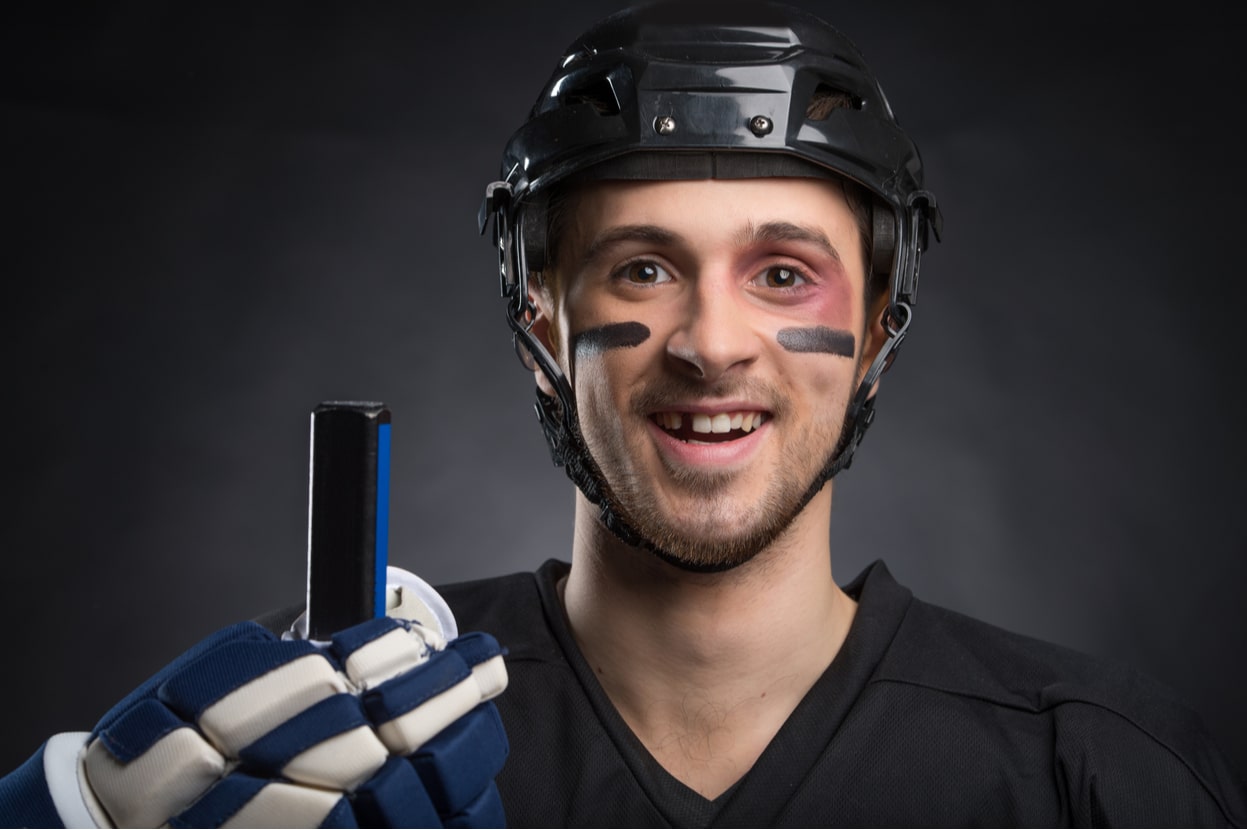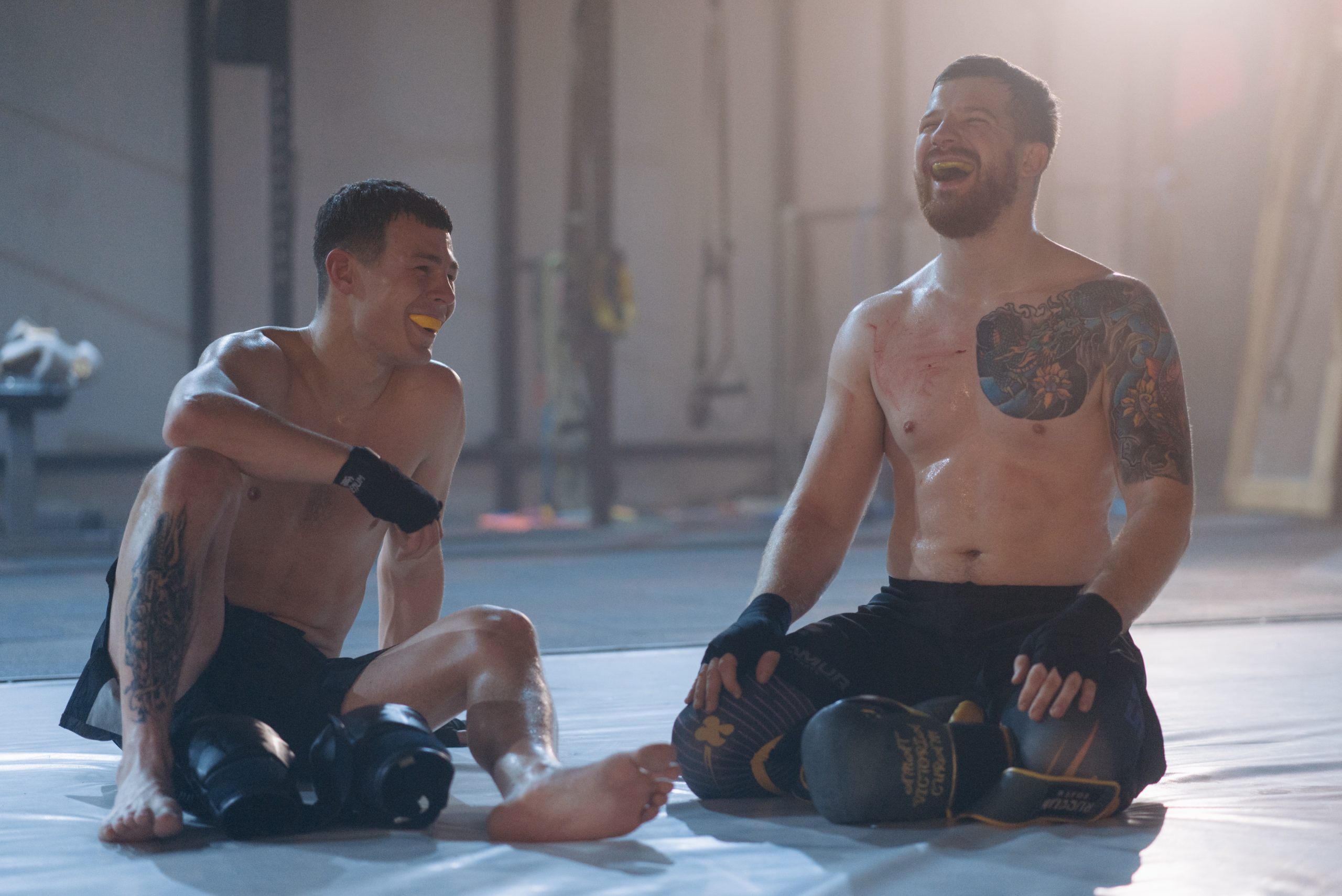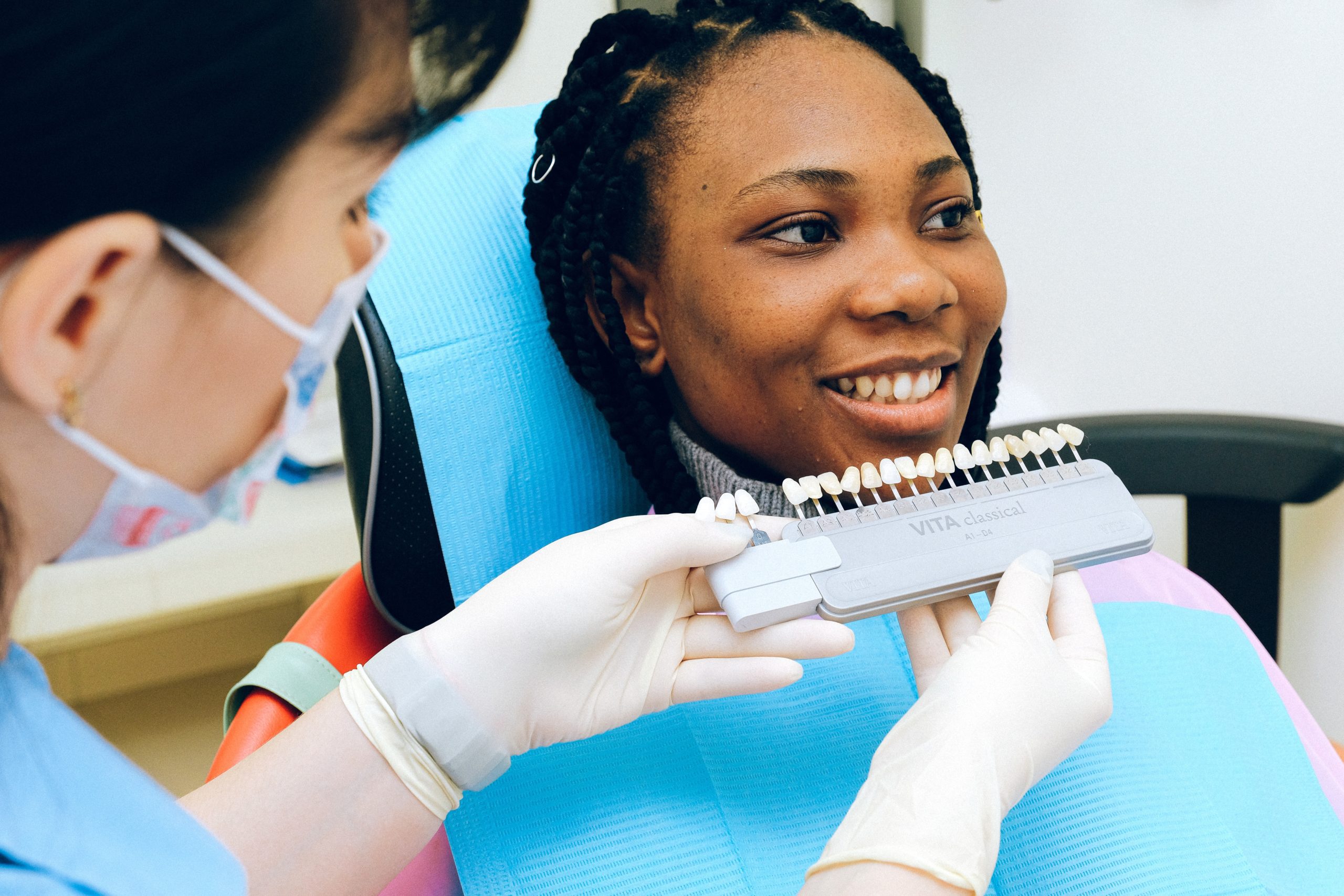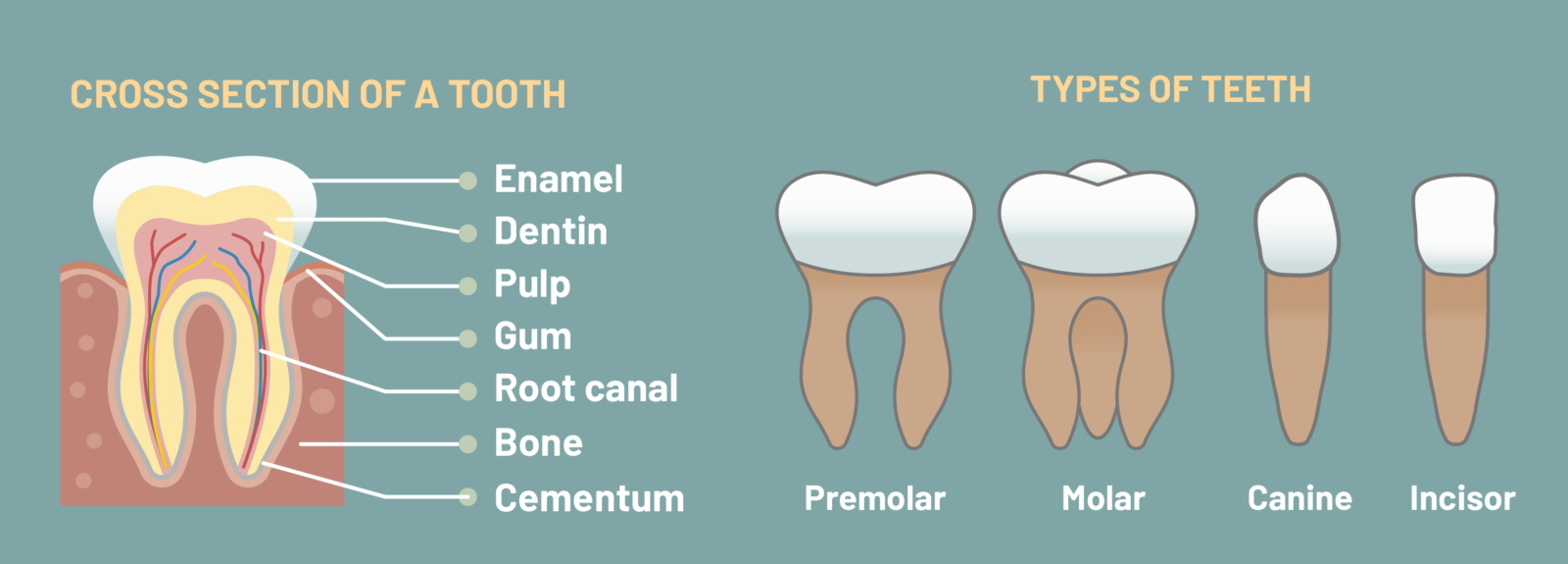Everyone at Tandara Dental Centre works hard to ensure we provide a safe, warm and welcoming environment. We know some patients find it difficult to come and see us due to deep-seated fears and anxieties. These people will often ignore pain and discomfort until it becomes unbearable, only seeing a dentist when they can no longer put up with the pain. We always encourage anyone with these feelings to talk to us about their concerns, so we can work with them to provide treatment in a calm, comfortable way.
Dental pain can be scary at any age, but even more so for young children who may never have visited a dentist before. When a child visits us in pain or discomfort or is simply concerned about their first dental visit, we want to do everything we can to ensure they feel more comfortable and pain-free as quickly as possible. We treat all children visiting our dental practice very gently as if they were our own, and you can trust that our dental team at Tandara Dental Centre will do everything we can to make them feel secure and safe. Dental sedation can be a good solution in these situations.
What is Dental Sedation?
The use of dental sedatives helps people feel calmer and more comfortable before and during their dental treatment and produces a relaxing effect. It’s not unusual to feel quite sleepy when under dental sedation, depending on the sedative prescribed. Various forms of dental sedatives can be administered, including happy gas, oral sedation and intravenous sedation. The level of sedation is customised for every patient and adjusted as needed during treatment.
Happy Gas (Nitrous Oxide)
The best known form of dental sedation is happy gas (nitrous oxide), a mixture of nitrous oxide and oxygen that provides a light but noticeable level of sedation and is very safe. As the name suggests, it produces a sensation of relaxation and a happy feeling. The gas is inhaled throughout treatment through a small, comfortable nose mask. It smells faintly sweet and takes effect within minutes. During the treatment, our happy gas dentist monitors your child carefully to make sure the sedation is working properly, adjusting the concentration if necessary. Your child will continue to breathe in the happy gas until treatment is complete, and our dentist will turn off the gas. Your child will then breathe pure oxygen for several minutes to help eliminate the nitrous oxide and reverse the effects more quickly.
IV Sedation
When a child feels more anxious or nervous or needs a longer appointment, intravenous sedation can help. It is also called sleep dentistry or twilight sedation because it induces feelings of deep relaxation and sleepiness. One of the nice things about IV sedation is that it has an amnesiac effect. Once your child recovers from sedation, they will likely remember very little or nothing about the treatment.
We use the services of an accredited anesthesiologist with specialised training in providing intravenous sedation and who will monitor them continuously during the entire appointment. The sedative is given through a vein, usually in the hand or arm, and treatment is very useful for longer or more complicated procedures.
Who Should Have Dental Sedation?
Using sedation dentistry can be very useful for people of all ages and those with special needs, anyone who feels anxious or nervous. It can be helpful for children, where they might find it very difficult to sit calmly in the dental chair and especially when treatment might be quite long or complex. Sedation dentistry can help anyone with a strong gag reflex, or with a lower pain threshold or who has sensitive teeth, ensuring treatment feels more comfortable. It is also useful for those with a fear of needles. It’s important to note that dental sedation doesn’t replace the need for dental anaesthesia, and you will still need an injection to numb the tooth or area requiring treatment. However, this can be given once the dental sedative is administered, when patients already feel relaxed and less anxious.
Ensuring Sedation Dentistry is Appropriate for Children
Any form of sedation carries a small level of risk, but you can rest assured we take extensive steps to reduce these risks as much as possible. Before recommending any form of dental sedation, our dentist will review your child’s medical history and will explain which type of sedation is recommended and why. During treatment, your child’s vital signs are continuously monitored, and we will want you both to stay awhile afterwards before sending your kid home to rest and recover.
Preparing Your Child for Sedation Dentistry
If your child does need dental sedation, we can discuss how to prepare them, depending on the sedation suggested by our dental team. These include specific instructions for eating and drinking before a procedure. If your child is to receive happy gas, they should only have a very light meal beforehand. The instructions for sleep dentistry are more specific, and our anesthesiologist can review them with you, and of course, we are always here to answer any questions you may have.
We realise that it can be unsettling to watch your child undergo dental sedation, but it’s helpful if you try to remain calm. It can also be useful to bring along your child’s favourite stuffed animal or toy, and of course, you can remain with them while they receive sedation to help reassure them. Once the procedure is complete, you can be with your child until the medication wears off and we feel it is safe to send them home. Once they get home, your child’s mouth may still well be numb from the procedure, so exercise caution when giving them anything to eat and drink just in case they bite the inside of their mouth or their tongue. It can be better to provide them with soft foods only. They may remain groggy for the rest of the day until the sedative fully leaves their system.
It is extremely rare for dental sedation to cause any side effects, but we are here to help if you are ever concerned.
